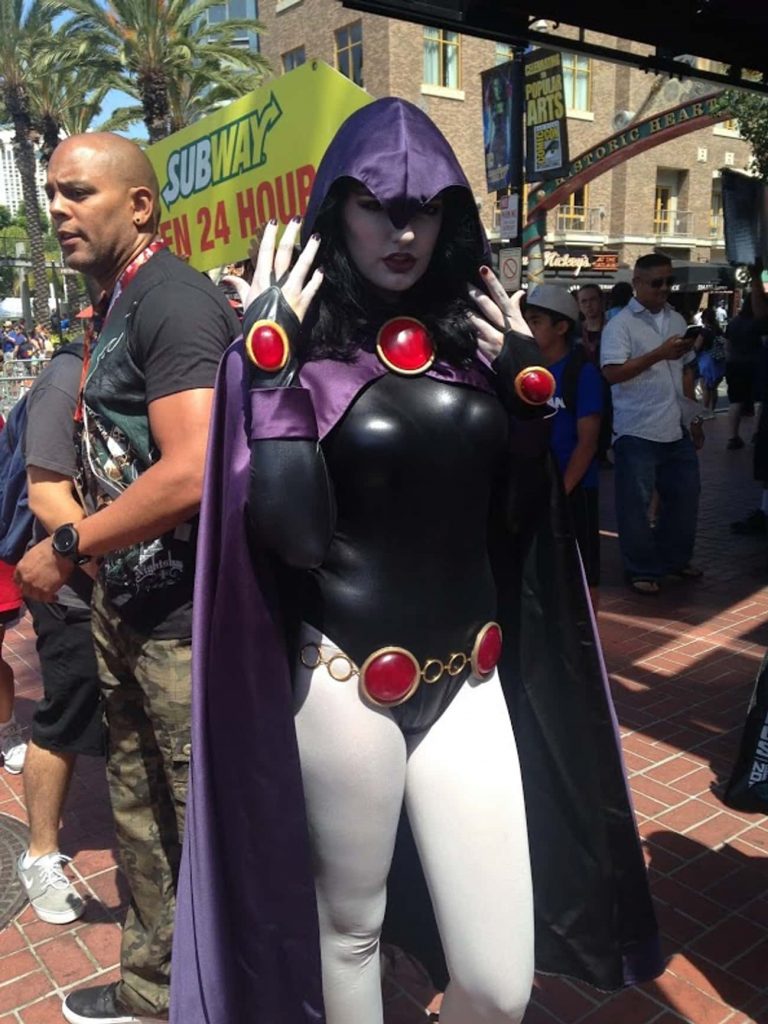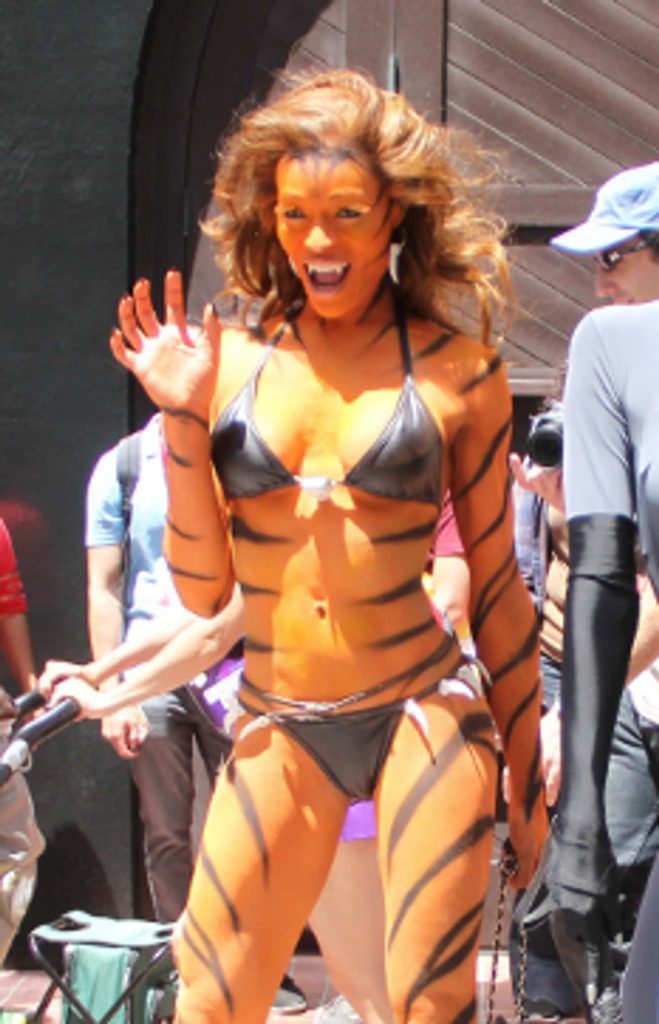Cosplay and Gender: Exploring the Artistic Worlds of Embodied Performance and Collective Identity
Abstract
Cosplay, a type of performance art that involves costumed fans who dress as manga characters or comics has received a lot of interest in recent years. While scholars believe that cosplay shows gender-specific performance and can even be an innovative way to understand social interactions in general, they rarely examine the way gender is represented in cosplay. By combining the interactionist as well as cultural viewpoints on gender, I show how cosplay participants exhibit gender-specific sensibilities through conventionalized body motions. Contrary to popular belief, cosplayers are the only ones accountable for gender representation in cosplay, I demonstrate that makeup artists, photographers, and photo editors play a role in its popularity. Contrary to simplistic accounts of donning hyper-masculinity/hyper-femininity, I argue that cosplay participants’ pursuit of authenticity makes singular orientation to the sex category insufficient and demands a version of masculinity/femininity that also attends to the character’s personality. My research is situated within the art world for cosplay evaluation and production. I ask experts to consider my findings as a theoretical tool to concentrate our attention on the work of all gender embodiment. This multi-authorship is frequently overlooked.

Introduction
Cosplay, which is a portmanteau between “costume” as well as “play,” is a vital component of the global ACG (anime comics, manga, game) fandom (Winge 2006; Kelts 2007). In China, it first emerged with ACG conventions in the mid-1990s and has seen rapid growth in the past decade, and now has a presence on the internet (Liu 2006; Wang 2010). It is a form of art for fans cosplay combines cultural consumption and production through the highly interactive process of distribution. In cosplay, participants collaborate with the creators of fictional characters while they put on costumes, wigs, and make-up, usually with the help of a team consisting of makeup artists, photographers, as well as photo editors (Fung and Pun 2016; Ruan 2018). On the internet they share, post reviews, and then consume photos of cosplay created by one other, assessing their “authenticity” according to commitment and loyalty to their original characters (Matsuura and Okabe 2015; Rahman et al. 2012).
Cosplay doesn’t just involve playing games, but also gender-based play. The character they attempt to impersonate can be a different gender. Gender-crossing is a common feature in the cosplay scene (Norris and Bainbridge 2009). Unlike other gender-bending communities, gender-crossing cosplayers–sometimes called “crossplayers”–bend their gender for their love of characters, rather than for an explicit political agenda or for externalizing an internal gender identity that does not match their sex assigned at birth (Lamerichs 2011; Leng 2013; Tompkins 2019). While noting the differences in motivation certain scholars believe that cosplay is akin to drag and can be considered to embody gender performance (Bainbridge and Norris 2013; Bainbridge and Norris 2011; Leng 2013; Norris and Bainbridge 2009). Others adopt a more radical stance. Some people opt for a more radical approach.
As a subcultural practice, how can cosplay help us to focus our sociological awareness on the unnoticed aspects of the creation of gender? This theoretically abstract question can only be answered through an investigation into the process of constructing gender through cosplay. Only then can the findings from our research apply to daily life to see if similar processes are occurring without being limited by our theoretical lenses. The literature that has been written on cosplay has not provided any concrete examples of how people engage in cosplay. This is in addition to the absence of any information on how cosplayers perform gender roles despite being acknowledged as such (Kirkpatrick 2015 for critiques). This gap shouldn’t be overlooked by scholars of culture or other specialists interested in the globalization of Japanese ACG culture but should also be of concern to feminist sociologists as well as social scientists searching for new ways to think about gender.
This article draws on interviews with cosplay participants in China which includes makeup artists, photographers, and editors, to situate cosplay in its “art realms” of creation and evaluation (Becker 2008). I look at how fictional characters’ gendered images are reproduced with the human body. I also analyze the methods used to manage impressions used by participants to portray different genders. Contrary to the focus on cosplayers I show how the supporting crew is essential to the success of gender-play when it comes to cosplay. Cosplayers need to convey gender-specific sensibilities through their poses and facial expressions. The crew supporting them requires the ability to transmit these messages into the bodies of cosplayers. These two types of bodywork–body movements and body modifications–can create a gendered impression to the viewer by the emotions that cosplayers’ body movements evoke. However, a single orientation to the gender-specific categories isn’t enough to “authentically” create an individual. Instead of donning hyper-masculinity/hyper-femininity, participants display an additional orientation to the personality category and strive to stage a version of masculinity/femininity consistent with the character’s placement into these categories.
While my empirical findings center around the collective production of gender within the Chinese cosplay community and could not be directly applicable to other contexts outside of the ACG fandom, they are the opportunity to consider theoretically about how cosplay as a heuristic can enrich social theories. As I will elaborate at the end of this article, insofar as theory can be understood as hermeneutics and ways of looking at the world (Abend 2008), looking at gender as a cosplay (after decades of looking at gender as a drag) invites us to theorize gender as an artwork–collectively manufactured in its art worlds–whose multi-authorship is often obscured by neoliberal individualism. Cosplay can be used as a heuristic to integrate theories from sociology (Goffman 1976, West and Zimmerman 1987), and sociology (Peterson and Anand 2004). Doing so will alert us to the theoretical possibility that the seemingly solo-authored gender representation of the “authentic self” may have a hidden group of collaborators, even though they might not play the same roles or do the same bodywork that their counterparts who are part of cosplay teams.
Join the cosplay scene
Despite the growing popularity of cosplay on a global scale, scholarly writing on cosplay remains scarce (Kirkpatrick 2015; Leng 2013; Rahman et al. 2012). Some scholars wonder if cosplay and animation offer new ways of conceptualizing, theorizing, and conceptualizing human behavior (Silvio 2010; Manning and Gershon 2013; Silvio 2010) However, most of the research on cosplay is focused on what motivates people with each other (Bainbridge, Norris 2013, Lamerichs 2011; Lamerichs Peirson Smith 2013; Rahman, et al. 2012; Tompkins 2019, Wang 2010; Winge 2006.) instead of how people interact. Unbalanced attention comes at an intellectual cost since it is only through researching the latter that can we begin to understand the similarities and differences in the process of cosplaying a fictional character like Uchiha Sasuke from Naruto and the process of creating the abstract qualities of “hegemonic masculinity” in everyday encounters. Becker (1953), famously demonstrated that the focus on “why” can lead to an over-simplified understanding of the subject as well as its participants. But, shifting our focus to “how” can allow us to identify social processes that can help us understand the role of other people in different activities.

Fair enough, the topic of gender roles is a prominent theme in the comparatively small amount of work. This is hardly shocking, considering that gender-crossing in cosplay is not only popular but popular if it’s done well (Leng 2013). A large portion of the debate in academia centers around whether or not cosplay is subverting gender norms (Bainbridge and Norris 2013, Gn 2011, Lamerichs 2011, Loke 2016, Norris & Bainbridge 2009, Tompkins 2019,). A lot of these studies emphasize the role of cosplay in Butler’s (1990) theory of gender performance. They also point out its embodied characteristics (e.g. Bainbridge and Norris 2013, Gn 2011; Lamerichs 2014). Still, they tend to remain unsure regarding how specifically gender is represented in cosplay. Sometimes, they simply characterize the performance as an individual, hyper-feminine/masculine display. Leng (2013) on the page. 90, states that in her research on male-to-female crossplay, “men don’t just don feminine attire, but also hyper-femininity when they perform as women. This reveals the socially constructed nature and reinforces the gendered nature of these performances.” My research focuses on the ways that cosplayers embody gender and the gender divisions that enable it.
Cosplay’s motivations aren’t relevant to understanding the processes. As Winge (2006) states many people join in cosplay due to their love of their characters as well as to socialize with others ACG fans. These motivations shared by fans are a major influence on cosplay. First, as cosplay is intended to convey the fans’ love for the original character, it is a matter of “inhabiting the role of the character physically and mentally” (Norris and Bainbridge 2009), not just wearing fancy costumes (Kirkpatrick 2015; Leng 2013). Cosplay encourages socialization between fans. Participants learn from each other and assess their cosplay (Bainbridge & Norris 2013; Bainbridge & Norris Lamerichs 2011 Matsuura Okabe 2015, Rahman et all). 2012). Hence, cosplay is not only a part of the relationship between a character and cosplayers but is also part of the network of performers as well as spectators (Lamerichs 2014).
Integrity is the primary issue for this group of performers-spectators. In terms of proxies for cosplayers’ passion for their characters, authenticity is a key factor in evaluating the performance of cosplay. For a long time, sociologists of culture have maintained that authenticity is not intrinsic, but socially constructed, recognized, and achieved (Peterson 1999, 2005; Hughes 2000). It must be performed in a staged, staged, and constructed. In cosplay, since authenticity is evaluated by “commitment and commitment to the character’s originality,” participants need to attend to both the character’s physical attributes (e.g. costumes and makeup, etc.)) and the mimetic aspects (e.g. the body’s expressions and facial expressions) during their performance (Rahman and co. 2012, 326; Norris and Bainbridge 2009). They could also be seen as having not made enough effort to replicate the original character’s appearance (Lamerichs 2014). If a cosplayer does not properly portray themselves in the same gender as their chosen character, it could even be seen as a joke that plays on the character (Leng 2013). Given the significance of authenticity the study of gender roles when cosplaying needs an interactionist lens that captures not just how one acts gender, but how they do it together and in the expectation of how their performance could be judged.